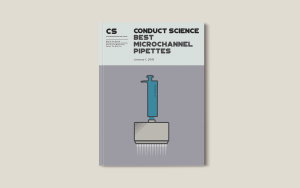
Best Microchannel Pipettes: A Comprehensive Guide
Introduction Pipetting, at first glance, would seem a fairly simple and easy task. Essentially described as glass or plastic tubes used to measure and transfer

Writing an excellent grant application is not easy; it requires undivided attention and devotion. Just a brilliant idea won’t win you a grant. Several factors determine success, such as clarity and precision in every section of your application. No one wants to put a negative impression on the peer reviewer panel. Hence, you have to be vigilant about the errors to avoid while scripting your research proposal. In this article, we are going to discuss some of the most common errors relating to the background and significance section of your grant application.
Understanding the requirements of the background and significance section is essential for avoiding errors while composing it. The four main fundamentals of this section are very clear:
Almost one-third of the grant applications get rejected every year by the National Institutes of Health (NIH). Many of them fail due to the improper composition of the background and significance section. About 50% of applications are declined under the category of poor grantsmanship (Keith, Aviram & Kevin, 2015). The common errors seen in this section include:
The background section requires a proper overview of how your question directly originated from literature research. Many writers are confused between relevant and irrelevant information. These writers miss out on the essential background information that is directly linked to their question of research. This creates ambiguity and distraction. Providing information just for the sake of filling pages leaves a negative impression on the reviewers. Hence, numerous applications are declined due to the lack of provision of pertinent information.
How to Rectify?
You can rectify this mistake by adhering to these rules:
Several applications provide insufficient data about their research. This data is not able to convince the peer review panel. This deficiency leads to the rejection of many applications during the review process. Although the furnished research idea is unique, the meager amount of information about its background and impact on science leads to its dismissal. Being miserly in data provision negatively influences your grant proposal.
How to Rectify?
Keep in mind the following points:
Example:
Imagine that your research is about the effect of radiotherapy on the osteoclastic and osteoblastic cells of alveolar bone. Next, you intend to submit it to the radiology section for review. There is a probability that your review panelists may not be orthopedic surgeons, and they may not know much about the rate of bone formation and resorption processes. Keeping this in mind, you will have to provide a brief background about the bone cells and how they respond to the radiation.
Providing too much detail in this section is also injurious to your application. If you provide all the information at the start, there will be no urge left in the reviewers to be excited about the information in the next sections. Also, exceeding the set page limit is a clear violation of rules and will only irritate the reviewers. It will portray that you are not skilled enough to provide a concise overview of your literature. Furthermore, your ability to carry out proper research will be questioned. Everyone knows that funding agencies never risk their money into the hands of unskilled researchers. Hence, your proposal will be rejected.
How to Rectify?
Rules to correct this mistake are:
Many authors divert reviewers to the appendices section or the reference websites to extract the relevant information. They do not bother to provide the necessary information in this section and cite external links for the reviewers to search the information themselves. This questions your ability to provide essential data directly into the background and significance section of your proposal.
How to Rectify?
It is not the duty of your reviewer to fetch the information regarding your research himself. The lesser the work, the reviewer, has to do, the better. You need to rectify this gross error if you want to achieve a good score. For it, write this section according to these rules:
The ulterior motive of the literature review section is to gain support for your proposed hypotheses. Yet, you cannot prove your hypothesis without being objective about it. This is because everyone knows that all researches have limitations. Still, many writers provide those literature citations that only support their proposed outcomes. This makes your proposal biased and questions the reliability and authenticity of your claimed research outcomes. Hence, reviewers will not approve the grant application.
How to Rectify?
Being impartial is to be neutral in every possible way. Your research proposal should not give the slightest hint of unreasonable inclination towards your hypotheses. If present, you can remove this error by adopting a balanced approach. For this, follow these ideas:
Here, your convincing power is put to the test. If the ending statement is justifiable, your reviewers will be satisfied with your research hypotheses. They will appreciate your ‘reasoning skills’ while openly acknowledging the potential contradictions.
Another frequent mistake observed in this section is inconsistency. Your research idea is good, but the scripted statements do not correlate with each other. The flow of your literature text is not capable enough to guide the reviewers toward the claimed research objectives. To the reviewers, it feels like something is missing. It is due to the misfit between the parts of a reasonable story (Jorge, 2017). Thus, the actual purpose of the background and significance section is lost in the midst.
How to Rectify?
The quality of being consistent in your words and sentences is a skill that is accomplished only with practice and continuous review. Following the below-mentioned points will impress your reviewers:
Aesthetics are a real beauty. Your grant application is no exception. Numerous applications are rejected due to a lack of appropriate aesthetics while data provision. The lack of proper headings and paragraphing makes it difficult for your reviewers to highlight different points when reviewing. It clutters the information without any differentiation. Hence, it consumes a lot of time and exhausts the reviewers in the initial section of your application.
How to Rectify?
To correct it, you should adhere to these points:
The first section is the face of your research application. It needs to be attractive in every way possible. The art of presentation is evaluated here. Deficiencies in this section will leave a negative impression on your reviewers and will eventually create hindrances in your application approval. You will be asked by your reviewer panel to re-submit the application after rectifying mistakes that could otherwise be easily avoided. By adhering to the rules given in this article, you can avoid or rectify the errors in the background and significance section to create a positive vibe in the peer review panel. Lastly, may the odds be in your favor!

Introduction Pipetting, at first glance, would seem a fairly simple and easy task. Essentially described as glass or plastic tubes used to measure and transfer

Resource Identification Initiative: A Key to Scientific Success and Analytics The key to success can be found in the essential principles of the Resource Identification

INTRODUCTION AND BRIEF HISTORY One of the most important pieces of equipment in the laboratory is the centrifuge, which facilitates the separation of samples of
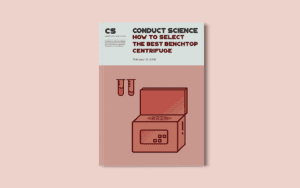
INTRODUCTION AND BRIEF HISTORY One of the most important pieces of equipment in the laboratory is the centrifuge, which facilitates the separation of samples of
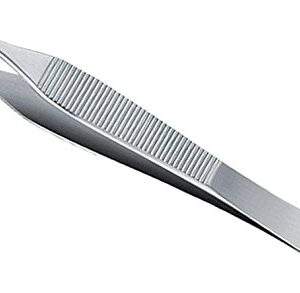
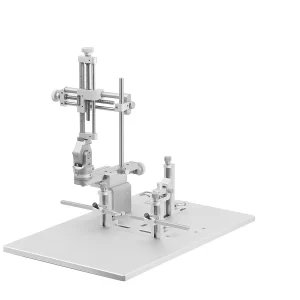


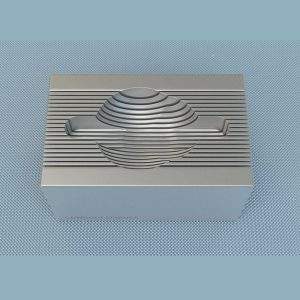

DISCLAIMER: ConductScience and affiliate products are NOT designed for human consumption, testing, or clinical utilization. They are designed for pre-clinical utilization only. Customers purchasing apparatus for the purposes of scientific research or veterinary care affirm adherence to applicable regulatory bodies for the country in which their research or care is conducted.